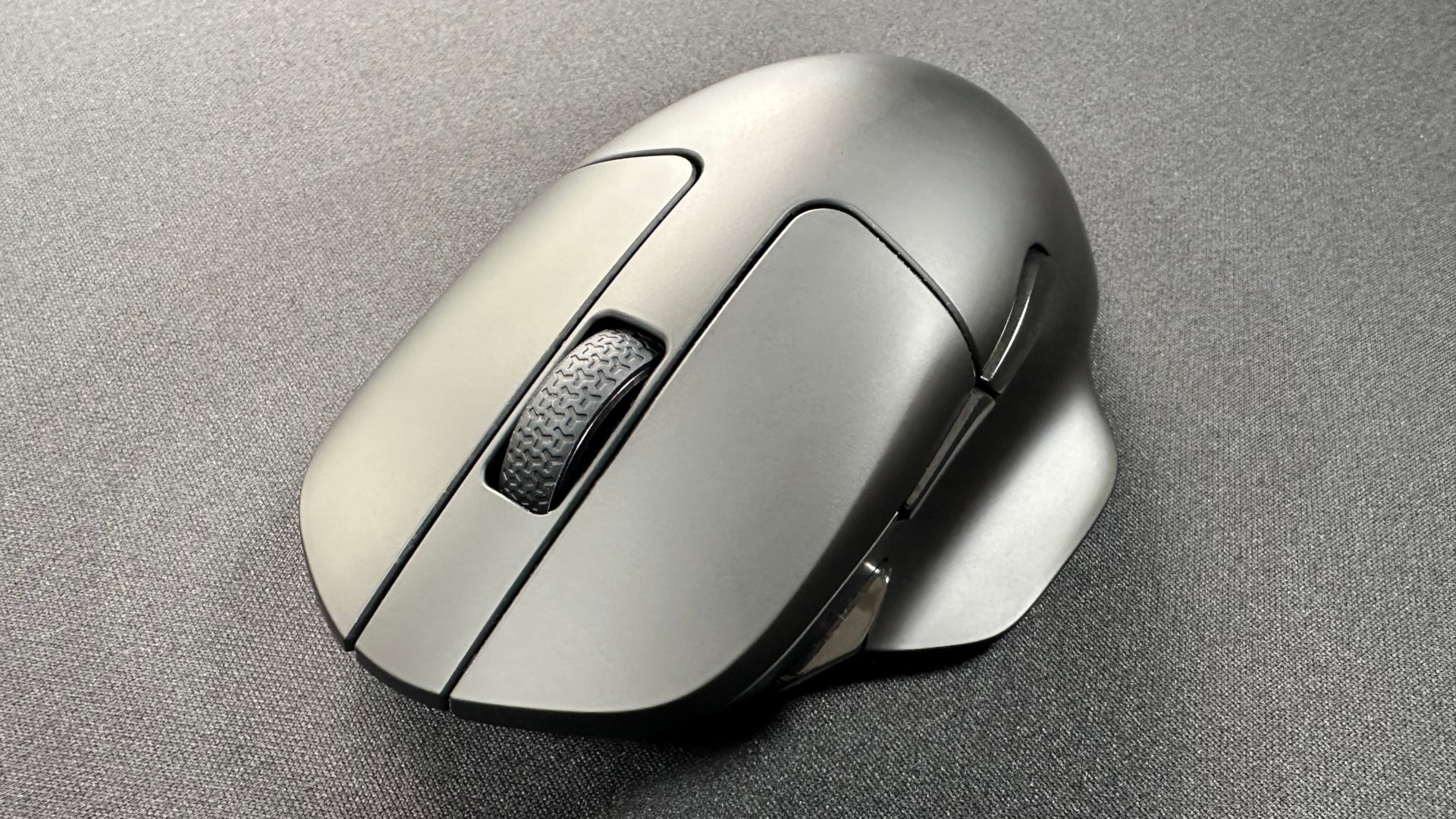Get ready for another spike in DDR4 memory pricing
RAM pricing is rising higher than anticipated.

The cost of DDR4 memory is rising faster than previously anticipated and there does not appear to be any relief in sight, says DRAMeXchange, a division of TrendForce.
Rising memory prices has been the norm for the last several months. However, DRAMeXchange now estimates that the average contract price of 4GB DDR4 memory modules will go up by about 12.5 percent compared with the first quarter. That translates into a $3 bump (from $24 to $27), but what's troubling is that this is yet another price increase in what could be an ongoing trend throughout 2017.
"PC-OEMs that have been negotiating their second-quarter memory contracts initially expected the market supply to expand because Samsung and Micron have begun to produce on the 18nm and the 17nm processes, respectively," said Avril Wu, research director of DRAMeXchange. "However, both Samsung and Micron have encountered setbacks related to sampling and yield, so the supply situation remains tight going into the second quarter and PC DRAM prices will continue to rise through this three-month period."
Samsung's been mass producing 18nm DRAM products since the middle of the first quarter, though it hasn't been smooth sailing. Some of its memory modules are having compatibility issues with certain notebook platforms. As Samsung struggles to fix whatever is causing the high defect rate, its ability to contribute DRAM supply to the market is constricted.
Meanwhile Micron is facing its own issues. The company has been sampling 17nm memory products as well since the middle of the first quarter, but the overall transition is taking longer than expected. That means a delay in the mass production of 17nm DRAM beyond the second quarter, which will also contribute to higher prices.
"Besides the larger price hike for PC DRAM products, prices of server DRAM products for the second quarter are projected to rise by 10~15 percent sequentially on average," Wu added. "Compared with PC DRAM and server DRAM products, mobile memory products will have the smallest price increase during this three-month period, estimated at under 5 percent from the preceding quarter. The moderate price uptick for mobile memory products is mainly attributed to slowing shipments from China-based smartphone makers. On the other hand, prices of eMCP products are expected to go up by around 5 percent versus the first quarter due to the additional factor of NAND Flash shortage."
SK Hynix is the only memory maker of the big three that is not transitioning to a smaller and more advanced manufacturing process. As such, it's not running into the same issues, though it doesn't have the capacity to offset any shortfalls from Samsung and Micron.
Keep up to date with the most important stories and the best deals, as picked by the PC Gamer team.
The bottom line here is that RAM prices are continuing to rise. If you're planning a new build or upgrade and spot a good deal on RAM, you may want to grab it before prices get even worse. For help on that front, check out our guide to the best DDR4 RAM kits.
Paul has been playing PC games and raking his knuckles on computer hardware since the Commodore 64. He does not have any tattoos, but thinks it would be cool to get one that reads LOAD"*",8,1. In his off time, he rides motorcycles and wrestles alligators (only one of those is true).


